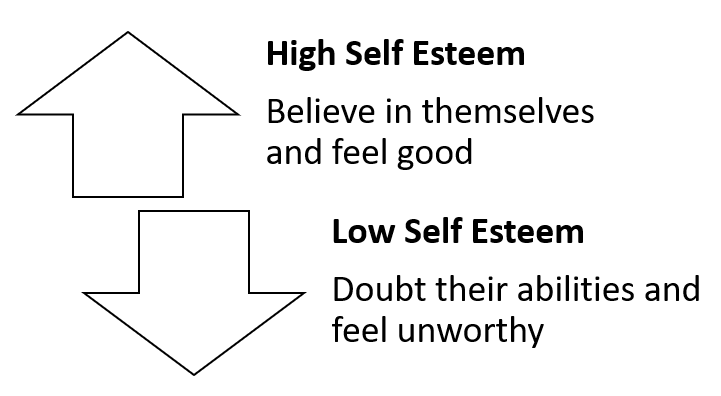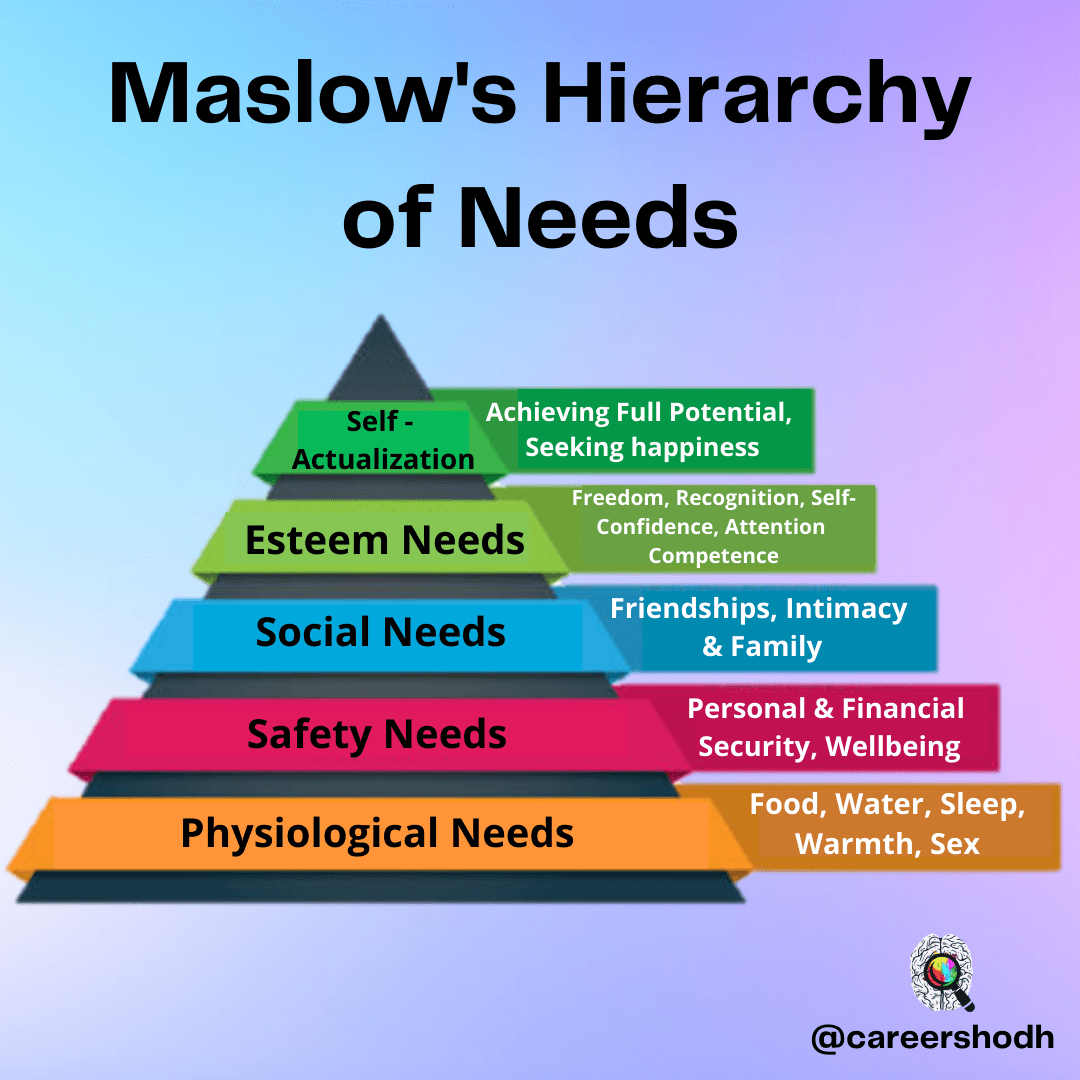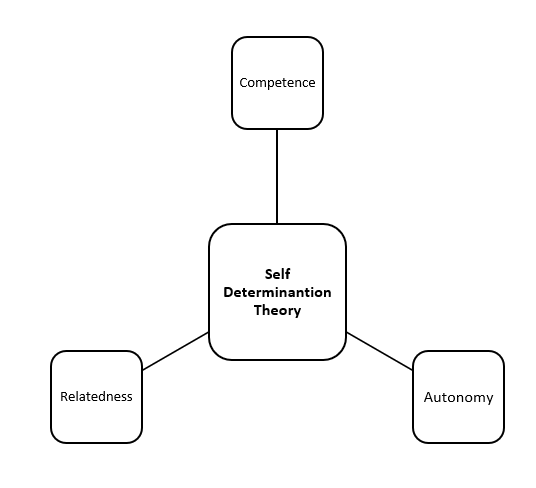
Self Esteem
Self Esteem
Self Esteem is a particular attitude which is rooted in the perception of worthiness or value of self as a person. While positive self esteem fosters resilience and well-being, negative self esteem can manifest as insecurity and anxiety. Psychologists like Mruk (2006) explore self esteem through different lenses (competence, worthiness, or both), while Rosenberg (2015) emphasizes the “worthiness” aspect.
Erikson’s stage theory highlights adolescence as a crucial time for self esteem development, and Maslow’s hierarchy of needs places self-esteem at the core of human motivation. As the theories indicate how self esteem develops and that it significantly impacts your confidence, relationships, and motivation.
Definitions of Self Esteem
Mruk (2006) explains the two major dimensions to define Self esteem. They are-
- Self-Worth- This dimension refers to an individual’s overall sense of value or worthiness. High self-worth indicates that an individual believes they are deserving of love, respect, and happiness.
- Self-Competence: This aspect focuses on an individual’s belief in their abilities and skills. High self-competence leads to greater confidence in pursuing goals and taking on new challenges.
Rosenberg (2015, Hefferon & Boniwell, 2011) defined Self Esteem as ‘the totality of the individual’s thoughts and feelings with reference to himself as an object’.
He paved a new school of thought in Self Esteem conceptualization, where he emphasized on the ‘worthiness’ aspect of Self esteem. He defined Self esteem as a particular attitude which is rooted in the perception of worthiness or value of self as a person.
Two Basic Types of Self Esteem
Self esteem, a cornerstone of our mental well-being, is not a singular entity. It’s involves two aspects: competence and worthiness. Understanding how these elements work sheds light on how it can manifest as both a vulnerability and a source of strength.
Low self esteem
People with low self esteem doubt their abilities and feel unworthy, making them avoid challenges and feel worse about themselves. This can lead to timidity, withdrawal, and negativity.
Some examples of low self-esteem can be- a student avoids participating in class discussions or group projects because they believe their contributions will be viewed as inadequate. This reluctance leads to missed opportunities for learning and collaboration. It could also be- a person feels unattractive and unworthy, leading them to avoid wearing clothes they like or participating in activities that involve showing their body, such as swimming or sports.
2. High self esteem:
On the other hand, high self esteem empowers people. They believe in themselves and feel good, leading to happiness, openness to new things, and a strong sense of identity. It also acts as a shield against stress and mental health issues.
Some examples of high self-esteem can be- a student actively participates in class discussions and feels confident sharing their ideas, leading to better understanding and relationships with peers and teachers. It can also be- a person feels good about their appearance and is willing to wear outfits that express their style. They participate in activities like swimming or dancing without concern for judgment.

Types of Self Esteem
1. Positive Self Esteem
Richard A. Griggs (2019) characterized positive self esteem by a strong belief in one’s abilities and a deep sense of worth. This translates into confidence, a positive self-image, emotional resilience, goal orientation, and an openness to challenges. Individuals with high self esteem are more likely to experience well-being, build healthy relationships, and be motivated to achieve their goals.
2. Negative Self Esteem
Negative self esteem is marked by feelings of inadequacy, self-doubt, and a diminished sense of worth. This negativity manifests as insecurity, harsh self-criticism, a pessimistic outlook, lack of motivation, and difficulty in relationships.
According to Griggs (2019), such individuals are more vulnerable to mental health issues, social anxiety, and difficulty achieving goals. While positive self-esteem empowers us, negative self esteem can be a burden.
Theories of Self Esteem
- Erik Erikson’s Stage Theory of Ego Development (1963):
Erikson proposed a stage theory of psychosocial development, where individuals navigate eight stages throughout their lives. Each stage presents a crisis, a conflict that needs resolution for healthy development. During adolescence (identity vs. identity confusion), individuals grapple with questions of self, forging their identities. Successfully resolving the identity vs. identity confusion crisis leads to a strong sense of self, which is foundational for forming meaningful relationships and making informed career choices in adulthood. Conversely, failure to establish a clear identity may result in confusion, instability in relationships, and difficulties in making decisions later in life.
2. Self Esteem in Maslow’s Hierarchy of Needs (Abraham Maslow, 1943):
Maslow placed self esteem at the core of his hierarchy of needs, a pyramid depicting human motivations. He identified two aspects of of it-
- Respect from others (recognition and acceptance)
- Inner self esteem (positive self evaluation)
The two facets: external esteem, the desire for recognition and respect from others, and internal esteem, a positive self evaluation with feelings of competence and worth. Fulfilling these needs is crucial for well-being. High self esteem fosters motivation, emotional well-being, and healthy relationships, while unmet esteem needs can lead to low self esteem, hindering achievement and contributing to mental health issues. In essence, self esteem, as highlighted by Maslow, is a cornerstone of reaching our full potential.

3. The Sociometer Theory and Self Esteem (Mark Leary, 1999):
Sociometer theory, developed by Mark Leary, and argued that self-esteem isn’t an inherent desire for positive self evaluation, but rather a social barometer. We have a deep need for belonging, and this theory proposes we have an internal “sociometer” constantly measuring our standing in social groups. Positive interactions and acceptance raise our internal gauge, leading to high self-esteem. Conversely, rejection lowers it, impacting our sense of self-worth. This explains why social cues affect self esteem so strongly. It goes a step further, suggesting our pursuit of self esteem stems from this need for social connection. This theory helps us understand the link between social experiences and self-perception, highlighting the importance of social connection for well-being.
4. Terror Management Theory and Self-Esteem (Ernest Becker, 1971):
Terror Management Theory stands out as the first theory to explore the psychological purpose of self esteem through a scientific lens. The theory sees it as a psychological shield against this existential fear. The theory highlights two fundamental human motivations: maintaining a positive self-image (high self-esteem) and upholding the values and beliefs of our culture. This theory suggests that it serves a protective function by reducing anxiety about death. By maintaining a positive self-image and feeling valued by others, we buffer ourselves from the existential fear of mortality.
5. Self-Determination Theory and Psychological Needs (Deci & Ryan, 2000):
Self-Determination Theory (SDT), developed by Deci and Ryan in 2000, sheds light on the power of psychological needs in shaping our motivations and well-being. The theory identifies three core needs that act as essential nutrients for our psychological health: competence, autonomy, and relatedness.
- Competence is the belief in our ability to learn and achieve, fueled by a sense of accomplishment that motivates us to keep growing.
- Autonomy is the feeling of control, where we initiate actions and understand the reasons behind expectations. It fosters motivation and ownership
- Relatedness is the need for connection and belonging with others. It’s about feeling seen, valued, and supported by those around us. It highlights our need for connection, making us more open to new experiences and fostering overall well-being.

These fundamental needs foster self-determined behavior which makes us more likely to be intrinsically motivated, leading to deeper engagement, creativity, and a sense of purpose in life.
6. Humanistic Psychology and the Self (Carl Rogers, 1951):
Humanistic psychology emphasizes the importance of self-concept. Rogers believed that many people struggle with it due to a lack of unconditional positive regard (acceptance and love) during their development. His therapeutic approach aimed to create a safe space for individuals to develop a positive sense of self-worth through acceptance and empathy. When this is missing in childhood, it can lead to a distorted sense of self. Rogers believed that a therapist could create a safe and supportive environment filled with acceptance and empathy. This allows individuals to explore their true selves and develop a more positive self-concept and sense of self-worth and move towards a more fulfilling life.
Conclusion
Self-esteem plays a pivotal role in shaping an individual’s mental well-being, influencing thoughts, emotions, and behaviors throughout life. Understanding self-esteem as a multifaceted construct that encompasses both self-worth and self-competence allows us to appreciate its complexity. High self-esteem fosters resilience, encourages positive relationships, and promotes the pursuit of personal goals, while low self-esteem can lead to self-doubt, withdrawal, and negative patterns of behavior.
By recognizing the importance of nurturing healthy self-esteem, individuals can take proactive steps toward personal growth, fostering a positive self-image that contributes to overall happiness and fulfillment. Ultimately, cultivating self-esteem is not only essential for individual well-being but also for creating supportive and empathetic communities.
References:
- Baumeister, R. F. (1999). Self-esteem: The puzzle of low self-regard. Philadelphia, PA: Psychology Press.
- Myers, D. G. (2018). Social psychology (13th ed.). New York, NY: McGraw-Hill Education. (Chapter 10 of this textbook provides a good introduction to self-esteem and different theories that explain it).
- Rogers, C. R. (1951). Client-centered therapy: Its basic principles and applications. Boston, MA: Houghton Mifflin Harcourt.
- Rosenberg, M. (1965). Society and the adolescent self-image. Princeton, NJ: Princeton University Press.
- Royzman, E. B., & Ryan, R. M. (2015). Self-determination theory. New York, NY: Guilford Publications.
- Solomon, S., Greenberg, J., & Pyszczynski, T. (1997). Terror management theory. Thousand Oaks, CA: SAGE Publications.
Subscribe to Careershodh
Get the latest updates and insights.
Join 16,485 other subscribers!
Niwlikar, B. A. (2024, March 21). What is Self Esteem? Explore 2 Types, 4 Definitions, and 6 Theories of Self Esteem. Careershodh. https://www.careershodh.com/self-esteem-definitions-types-theories/

Good work. I love to always read your articles.
Thank you!